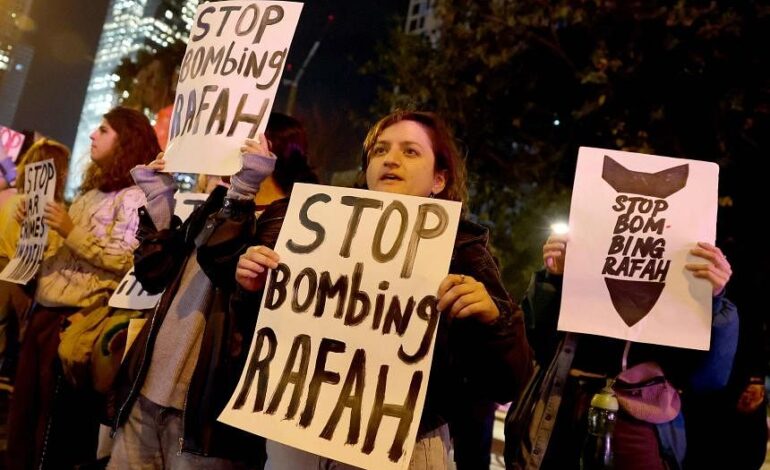
Faith Nyasuguta
At the upcoming Venice Biennale, the Dutch pavilion plans to introduce a thought-provoking exhibit that aims to ignite a discussion about colonial blind spots within the art world.
The centerpiece of this exhibit is a statue representing the vengeful spirit of Maximilien Balot, a Belgian officer who met a gruesome end during a 1930s uprising in the Congo.
This carved wooden figure, embodying the spirit of the colonial administrator, will not physically be present at the world’s largest art event.
Instead, a livestream from a gallery in Lusanga, Democratic Republic of the Congo (DRC), where the artifact will be displayed, will be showcased.
The current owner, the Virginia Museum of Fine Arts (VMFA), confirmed that the Dutch pavilion’s initiative prompted them to loan the sculpture to the Congolese gallery for the six-month duration of the festival.
Ced’art Tamasala, one of the Congolese artists collaborating on the Dutch pavilion, remarked, “Wherever the Balot sculpture goes, it will generate debate, not just about the restitution of art, but above all about the restitution of the land.”
Maximilien Balot’s story is one of tragedy, as he was decapitated and dismembered during the 1931 Pende people’s uprising against Belgian colonial rule in the Kwilu province of the Congo.
The uprising was triggered by the rape of a Pende woman, leading to a violent crackdown that resulted in hundreds of Pende people being tortured and killed.
Balot’s wooden figure, with its expressionist form featuring a narrow face and protruding eyes, is believed to have been carved within weeks of his death. It served as a power object, charged with the spirit of the deceased officer by a ritual specialist, attempting to harness his anger. The name of the creator remains unknown.
The statue was acquired by American scholar Herbert Weiss in 1972 during a field trip to Lusanga and was later lawfully sold to the VMFA in 2015.
Recent efforts by the Congolese Plantation Workers’ Art League (CATPC) in Lusanga to secure a loan of the sculpture gained traction when Renzo Martens, a Dutch artist overseeing the Dutch pavilion’s design at the Biennale di Venezia, became involved.
The sculpture is slated to be on public display at the White Cube gallery in Lusanga from April to November 2024, aligning with the international art exhibition.
The Mondriaan Fund, responsible for the Dutch entry to the Biennale, covers the costs of the loan. A VMFA curator will accompany the artwork during transit and oversee its installation.
Alex Nyerges, CEO and director of the VMFA, expressed the historic significance of the loan, stating, “The loan of a wooden sculpture from an American museum’s collection to a museum in the Democratic Republic of the Congo is also of historic significance, and we hope it will inspire a new era of collaboration and partnerships between museums on both continents.”
In addition to showcasing the livestream of the Balot sculpture, the Dutch pavilion will feature several sculptures crafted from palm oil, sugar, and chocolate. These sculptures will depict scenes from the Pende uprising, creating a multidimensional narrative that intertwines art, history, and social commentary.

The Dutch pavilion’s proximity to the Belgian counterpart adds another layer of significance to the exhibition, positioning the screen displaying the Balot sculpture so that viewers face the adjacent Belgian building. This intentional placement emphasizes the broader context of colonial legacies and aims to prompt dialogue within the art world.
The historical backdrop involves Belgium’s claim to most of the Congo Basin in 1885, leading to ruthless economic exploitation under King Leopold II. Independence for Congo only came in 1960, and it took six more decades for King
Philippe of Belgium to express “deepest regrets” for the violence committed during his country’s rule.
Belgium’s representation at the Biennale will feature a show themed around folkloric giants from Belgium, France, and Spain.
Tamasala stressed, “Belgium has benefited enormously from forced labor on the plantations in the Congo; it has a duty to ensure that the longstanding injustice that has excluded the museum’s co-financiers comes to an end.”
The Dutch pavilion, through its curated exhibition, becomes a platform not just for art but for revisiting historical injustices and fostering collaboration towards a more inclusive future.
RELATED:




